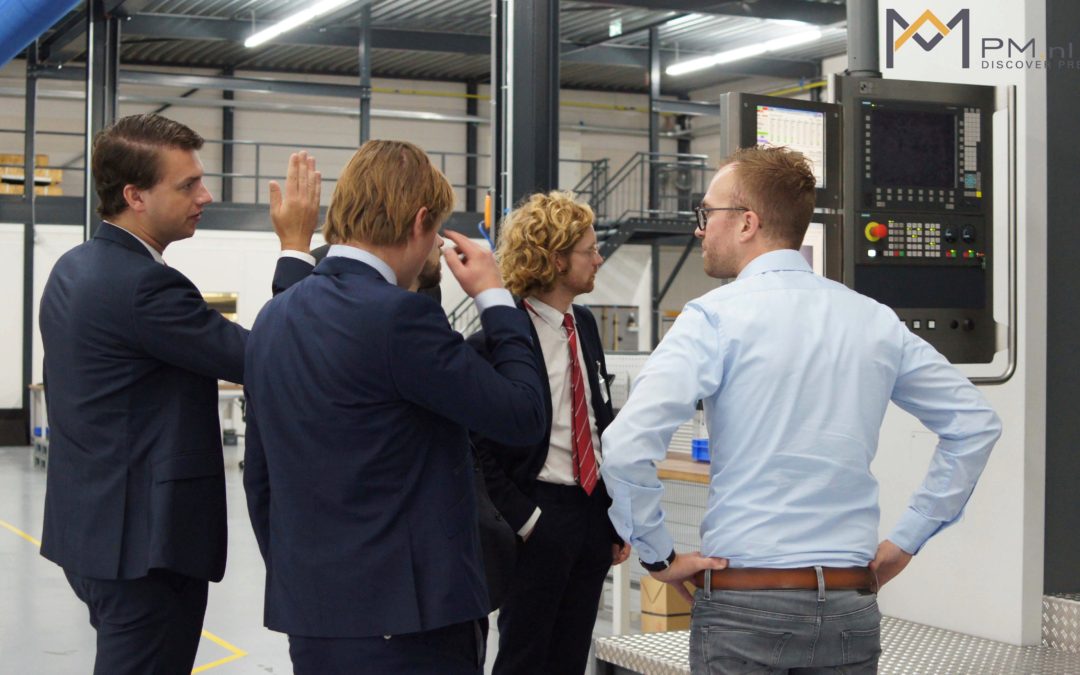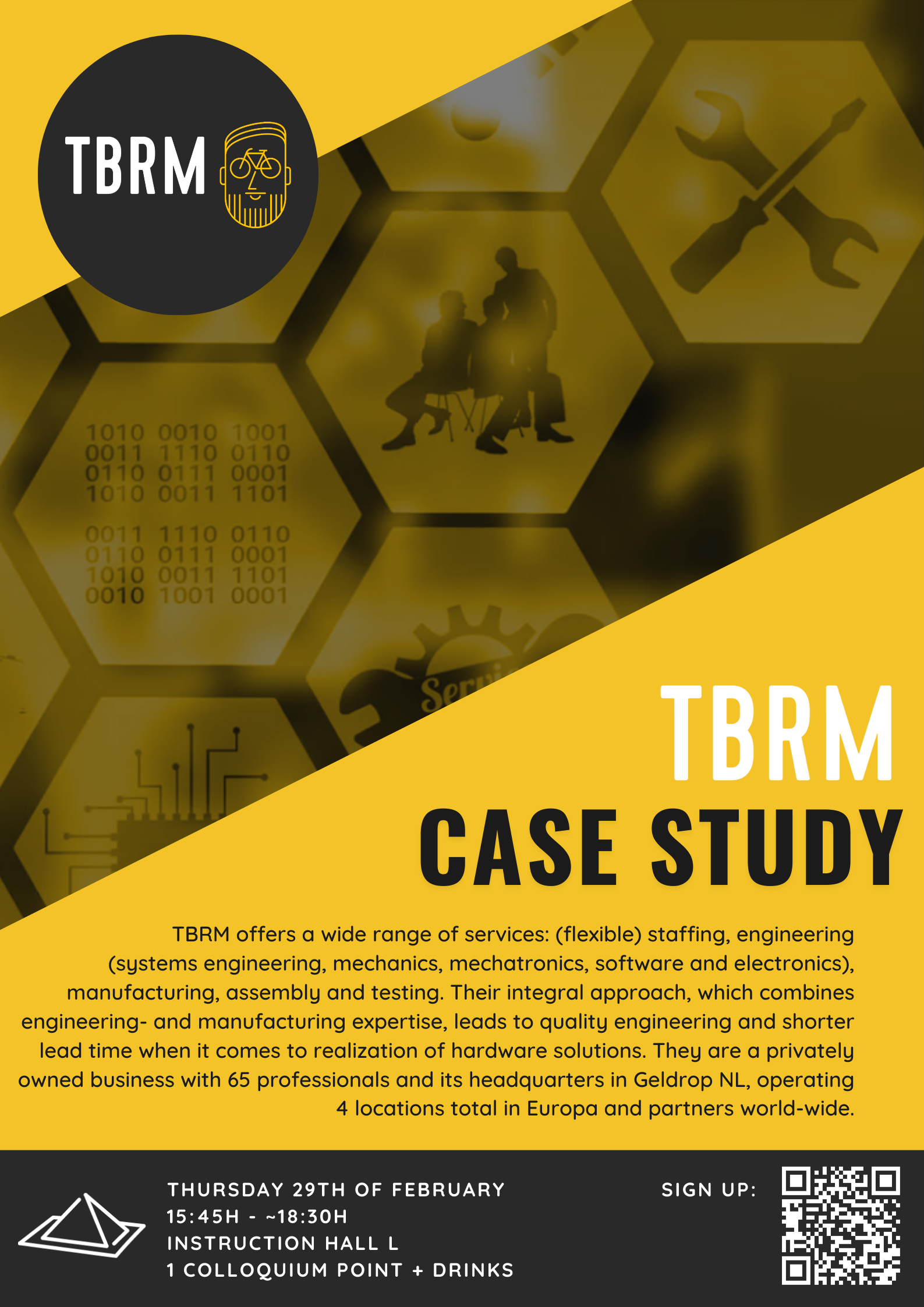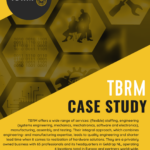After a short night sleep the alarm goes at 6:30 to go on the Taylor excursion to Precision Metal. The evening before I quickly borrowed my housemates coat to meet the strict taylor dress code. And after cleaning off some unidentified stains I’m ready.
When I’m at the location next to the aula we leave almost immediately and once on the highway almost everyone falls asleep and doesn’t really notice the rush hour we are in. Upon arrival in well known Dedemsvaart, next to less well known Slagharen, we get the needed coffee and the day starts.
We get a presentation about PM’s main business which is making precise linear bearings. They tell us the different steps in creating linear bearings in different sizes and shapes, and their way of making them as precise as possible. At this point in time I’m still in the illusion that precision machining is mainly a computers job, but during the presentation it slowly becomes clear to me there is a lot of manual labour and experience involved in making precision parts. Mainly in the heat treatment and hammering part of the process, this is more of an art than an exact science. When the parts are heat treated, they will warp and making them straight again is necessary for the next step. This is done by hammering certain spots on the parts. When a piece of metal is struck with a hammer this spot expands ever so slightly. This tiny bit of expansion can be used to straighten out the parts of the bearings. For this an experienced worker is needed and it is quite labour extensive.
When the presentation is done we get to see the manufacturing process in detail, the group is split into smaller groups and we go to the production steps separately. We see some small CNC mills, grinding machines, lathes and of course the ovens. But some machines definitely stand out. One is the biggest CNC mill I have ever seen, this was in a new production hall which was mostly empty, apart from this one machine. It had a milling table of 8 by 3 meters, and two huge gantries running over it. And next to it, on some pallets there were some big parts for ESA’s ariane 6 rocket, which where machined out of a solid piece of aluminium. So next to the main business of producing bearings, PM does a lot more.
After this tour we moved on to a small case study they gave us. The case was as follows, what function could you add to a linear bearing for high end applications. Team: “stop met dat geklager, en koop onze lager” won this case study with a variable measurable stiffness bearing and a good team name.
At this point it was just past 3 and because we had a long drive ahead of us, we had to leave. On our way back we talked a bit about all we had seen at PM, and played an nail biting round of 30 seconds which came down to a single point. After this round we were back in Delft and just in time for dinner at home.
By our dedicated student, Joep Meij



